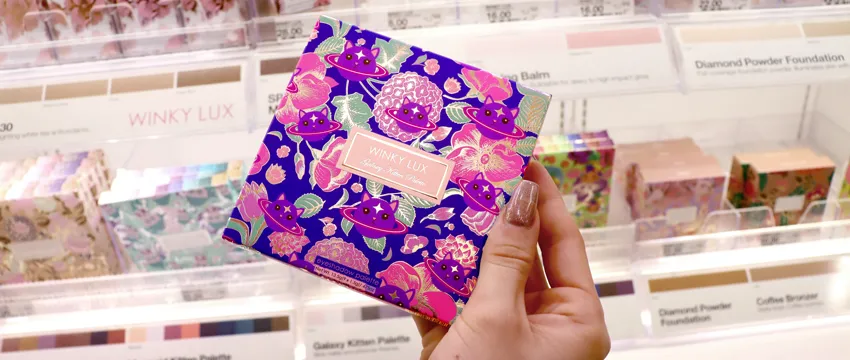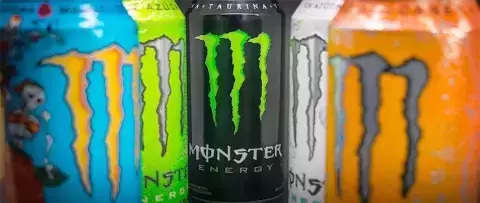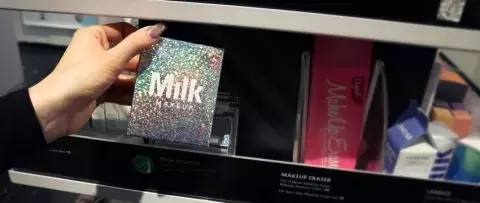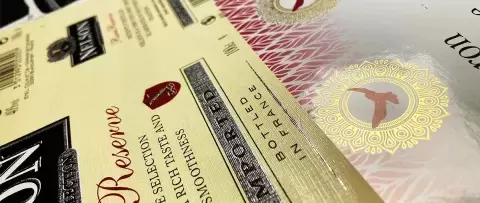How Coatings and Varnishes Can Improve Your Printed Packaging
Coatings and varnishes offer many advantages, ranging from protection and durability to aesthetics and environmental benefits, making them essential in many industries and applications. Throughout history, civilizations have used coatings and varnishes to protect and preserve but that has evolved over time.
Historic Use of Coatings
The Chinese are credited with inventing some of the earliest forms of varnish using natural lacquer extracted from the sap of the lacquer tree. Ancient Greeks and Romans used a variety of substances, including pitch, wax, and resins, to waterproof and protect their ships and architectural structures. During the Middle Ages, the art of manuscript illumination flourished, and scribes and artists used various coatings and varnishes to protect and enhance the beauty of illuminated manuscripts. Artists like Leonardo da Vinci and Rembrandt utilized varnishes to give their paintings a glossy finish. The 18th and 19th centuries marked significant advancements in coating and varnish production. Linseed oil, a common ingredient in oil-based paints, became widely available. The 20th century brought further innovations in coatings and varnishes with the introduction of acrylic paints and water-based coatings.
The history of coatings and varnishes reflects human ingenuity and the desire to protect and enhance surfaces for both functional and aesthetic purposes. From the early use of natural materials to the sophisticated coatings and varnishes available today, this field has evolved significantly, impacting various aspects of human life and culture Whether it's protecting against corrosion, enhancing aesthetics, improving functionality, or contributing to environmental sustainability, coatings and varnishes play a crucial role in a wide range of products and infrastructure, from automobiles and buildings to furniture and consumer goods. Choosing the right type of coating or varnish for a particular purpose is essential to maximize the benefits they offer. In this blog post, we’ll explore the different varnish and coating types, how they can improve your packaging, and why you should consider them for your projects.
Types of Coatings
Choosing the right coating for packaging is essential to ensure product protection, branding, and overall customer satisfaction. The choice of coating depends on various factors, including the type of product, packaging material, branding requirements, and budget.
For example, if you are printing a food package, you may want to opt for an aqueous coating that meets FDA regulations. If you are looking for a glossy finish, a UV coating is often recommended because it offers superior scratch resistance and glossiness compared to other types of coatings. Additionally, there are overprint varnishes and specialty coatings available that have unique properties, such as anti-fog or heat-resistant finishes.
Overprint Varnish
An overprint varnish (OPV) is a translucent product run in the Litho unit of an offset press. This type of topcoat is a first-generation product. Most printers ran varnish in the 70’s until the second generation of coatings was developed (water-based coating which is the coating of choice today). An OPV imparts its key functional property (usually gloss) to the substrate. You can flood or spot-coat the varnish to achieve the desired finish. There are three main finishes of varnish: Matte, Satin, and Gloss.
Types of Varnish:
- Matte: A matte varnish is a popular choice. The matte finish trend continues to grow as more brands target a neutral look for their packaging. This finish creates a surface on the package that is smooth and non-reflective.
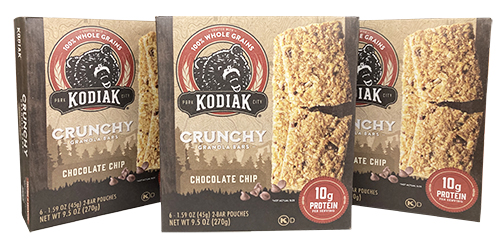
- Satin: A satin varnish is in between the matte and gloss finishes. This finish is another popular choice as it provides a finish that is not too dull and glossy yet still provides a package with a smooth feel.
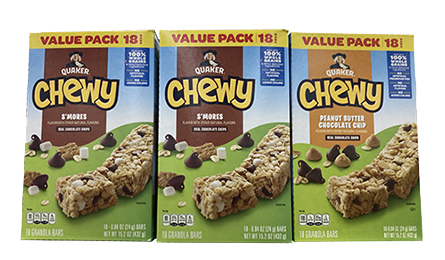
- Gloss: A gloss varnish imparts a glossy reflective finish to the package surface. This finish is the most common of the three varnish finishes. The glossy finish makes a package stand out and be noticed. One effect we see more and more of is when a gloss finish is paired with a matte finish. This high contrast effect really makes an impact and draws attention to a package.

UV Coatings
A UV coating is a product applied in a dedicated coater unit at the end of a press. The coating is applied via a dedicated coater and then exposed to ultraviolet light for an instantaneous cure. The result. UV coatings can be gloss, satin, or matte finishes. -coated and can be applied with different application blankets to create unique and artistic designs.
Aqueous Coatings
An aqueous coating is simply a water-based product that is approximately 60% water. The coating is applied via a dedicated coater at the end of a press. It is usually flood coated and dries quickly. Aqueous coating is the most common coating choice and the most widely used technology within the graphic arts industry. Aqueous coatings are the most economical coating choice and easy to run. The economical and environmental advantages, as well as superior performance features make this technology a good fit for packaging, publication, and commercial applications.
Soft Touch Coatings
A soft touch coating is known as a special effect coating. Its key functional property is a velvet/silky soft smooth finish. It is applied via a dedicated coater unit. Soft touch coatings have quickly become one the fastest growing coatings in popularity. People navigate to this type of finish simply because the package feels great. -; thus, soft touch coating and UV gloss coating are often used together on a package in a contrasting appearance (not only does the package have a wonderful feel but it also has a super UV gloss in key areas – contract affect coupled with the soft touch feel).
Advantages of Coatings
Specialty, aqueous, and UV coatings can help you open doors to new markets, take on higher-end jobs and, in short, build your bottom line along with your reputation. They offer many advantages when used on commercial prints and packages. They offer printed pieces protection, shelf appeal, specialty sensory effects and functional properties.
Protection
Coatings can help packages and publications stand up to the rigors of shipping, handling, and in-store displays. They can also protect from sun, moisture, dust and dirt, chemicals, and more. In addition to protection from shipping and environmental elements, coatings can also protect a package and brand with counterfeit prevention, authentication, serialization, and track and trace features for labels, packaging, and products.
Shelf Appeal and special effects
The visual appeal of specialty coatings and the functional role they can play helps brand managers achieve the competitive differentiation and increased market share they desire. Some types of coatings contain additives that can create special effects like holographic finishes or even scents that give your package an extra edge over competitors’ products. Super shiny, gloss coatings can help draw attention to your package on store shelves or in online listings.
Functionality
Functional coatings achieve the ability to incorporate changes in the surface and properties of the coating, thereby enabling functionalities such as antimicrobial protection, gas and moisture permeation resistance, cohesive strength and brand security protection. Considering the importance given to brand protection, extending the shelf-life of products and improving the reusability of packaging material, there is significant interest in new coating materials that enhance the functional capabilities of packaging.
LINK
Ecostage extends shelf life and enables mono-material packaging
See if Ecostage is <br/> right for you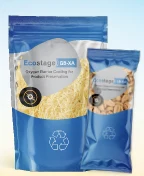
Conclusion
When it comes to printed packages, coatings are essential in order to maintain their integrity and attractiveness over time. Not only do they provide extra protection against wear and tear, but they also help make products stand out from competitors with special effects and functional properties. Print service providers need to consider all cost considerations before deciding whether or not coatings are necessary but, overall, they provide significant benefits when used correctly.




